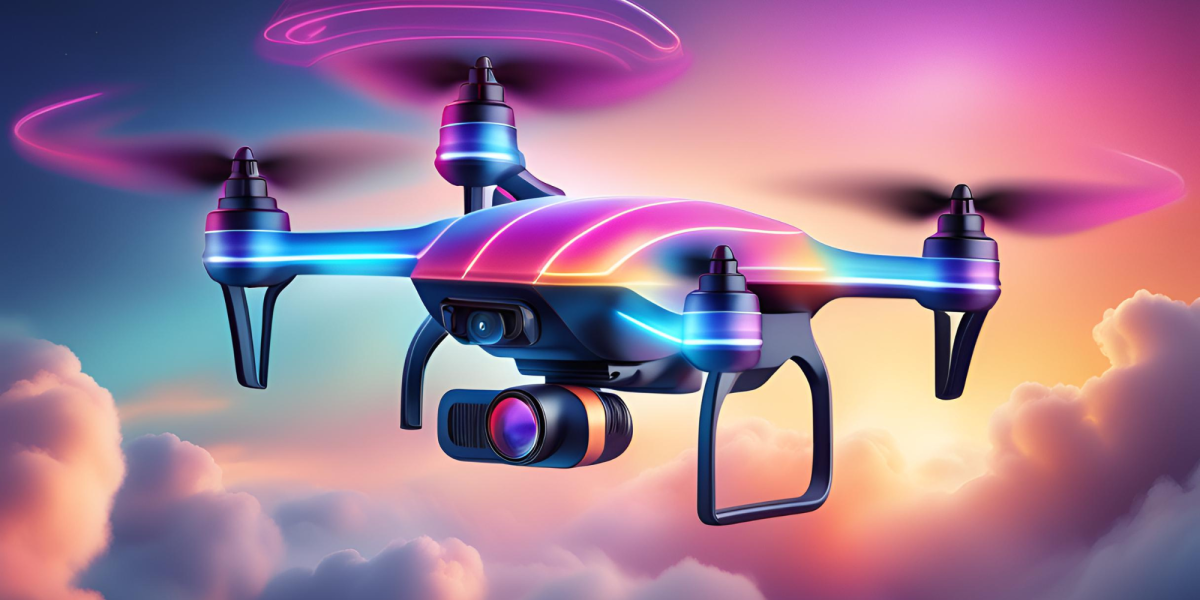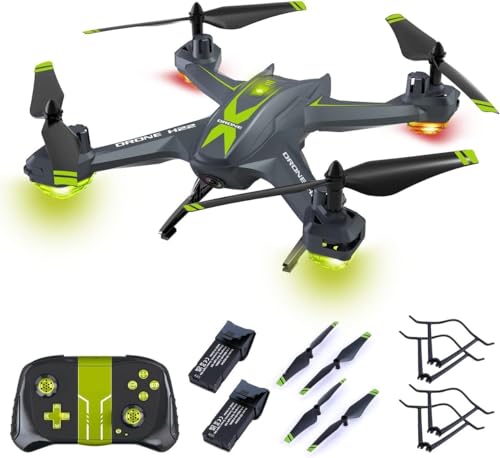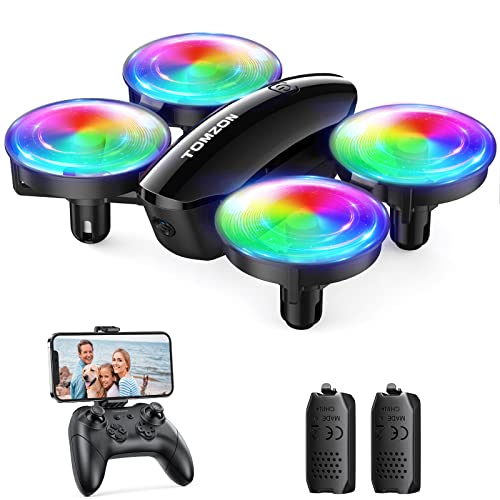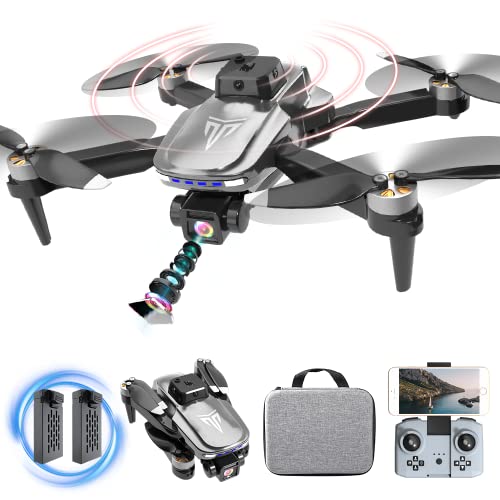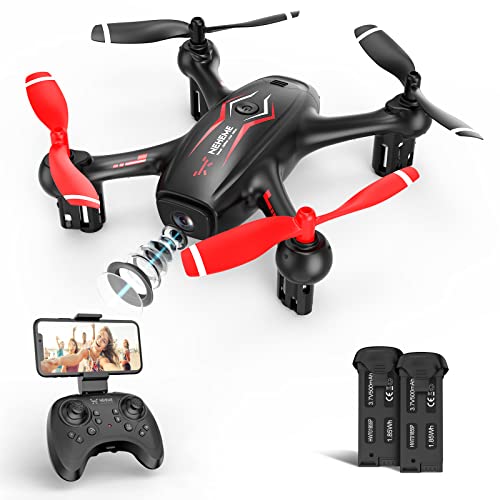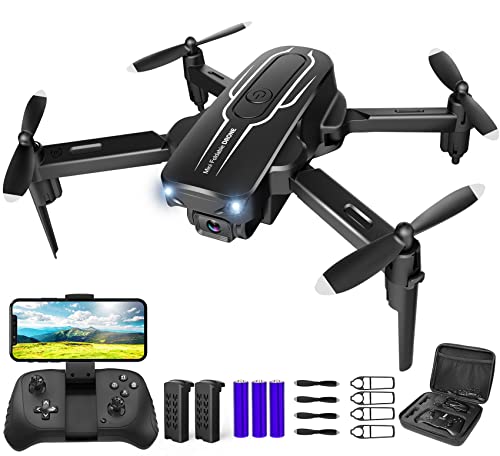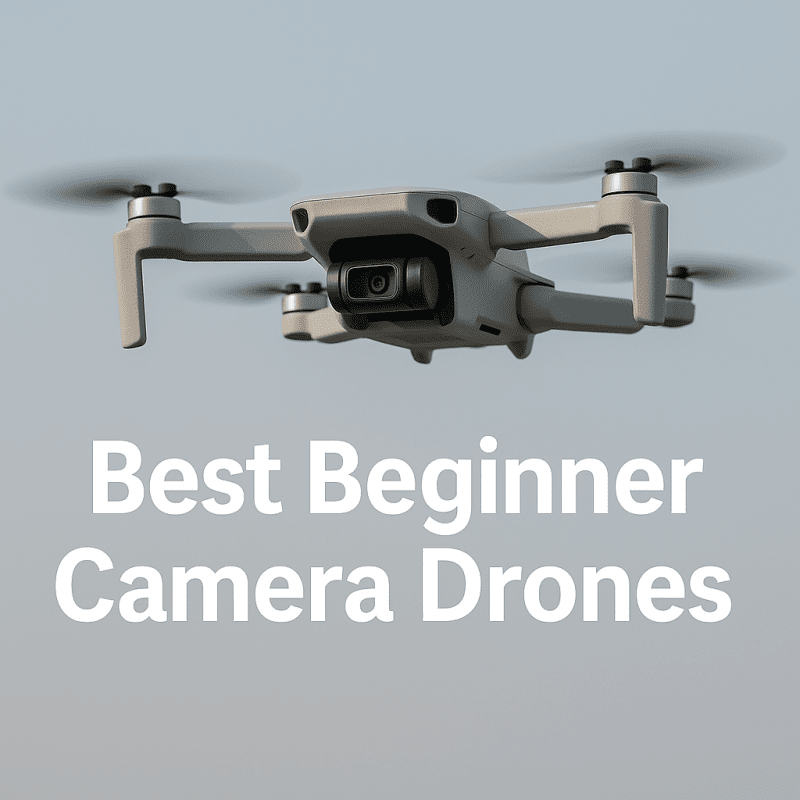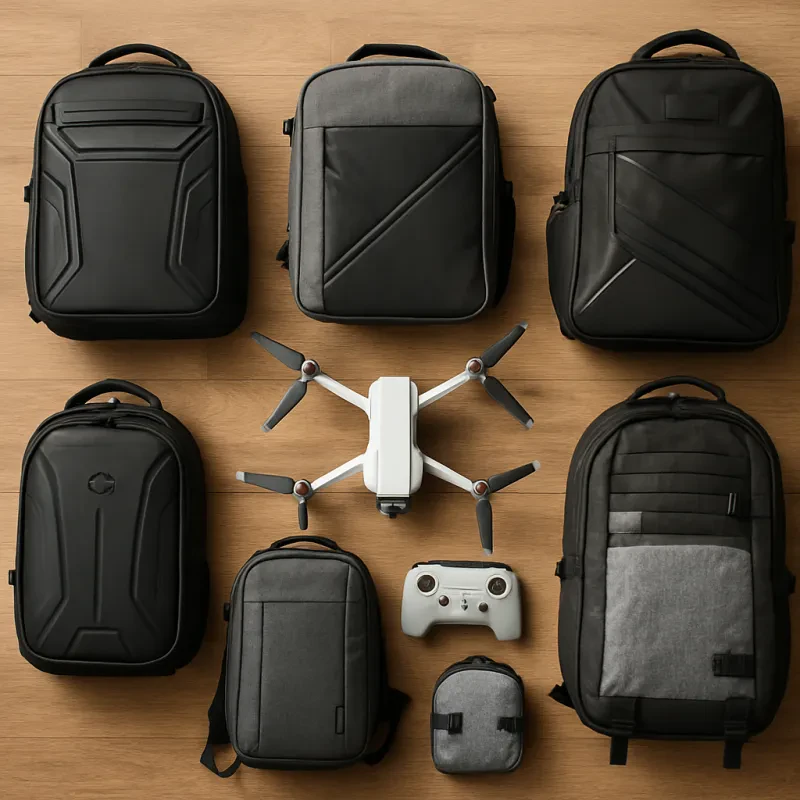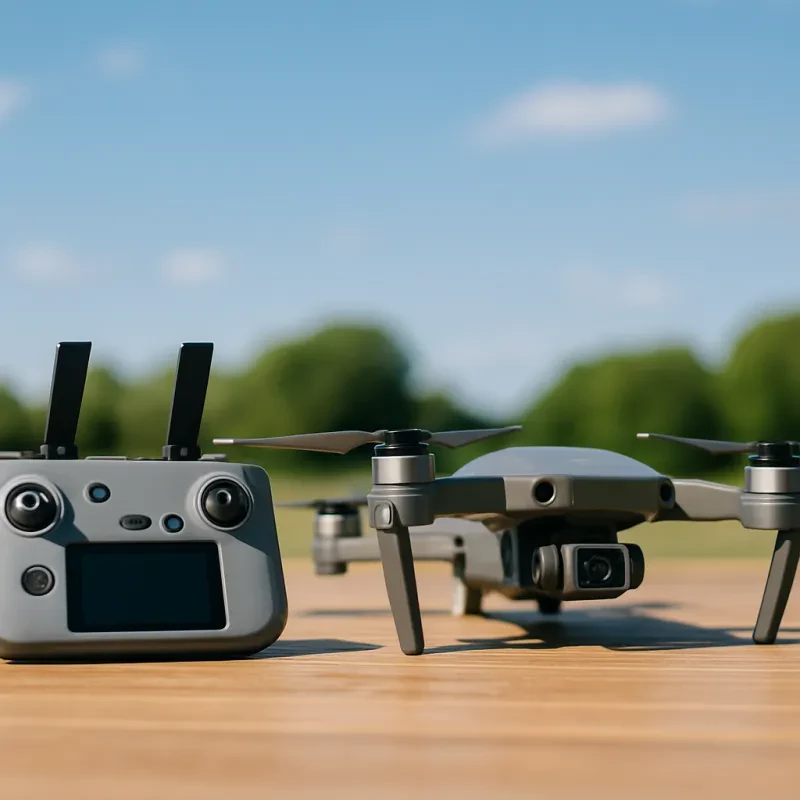Camera drones are the future of aerial photography. These unmanned aerial vehicles (UAVs) allow photographers and videographers to capture stunning aerial shots that were once only possible with expensive helicopter rentals. With advancements in technology, camera drones have become more affordable, easier to use, and offer high-quality images and videos.
The use of camera drones in photography and videography has opened up new creative possibilities that were previously unimaginable. Whether you are a professional photographer or an amateur enthusiast, camera drones offer you the ability to capture stunning aerial shots that can elevate your work to new heights.
The portability, maneuverability, and versatility of camera drones have made them an essential tool for filmmakers, journalists, real estate agents, and surveyors. They allow for the capture of dynamic angles and perspectives that were not possible before, providing filmmakers with the opportunity to create cinematic footage that is both awe-inspiring and immersive.
For photographers, camera drones offer a new way to capture landscapes, cityscapes, and nature with a unique perspective. They allow for the capture of stunning aerial shots that can showcase the beauty of a location, providing a powerful storytelling tool.
With the popularity of camera drones on the rise, it is important to note the regulatory requirements and potential safety hazards that come with their use. Pilots must be aware of the regulations and guidelines set forth by their local aviation authorities and ensure that they operate their drones safely and responsibly.
As the accessibility and technological advancements of camera drones continue to evolve, we can expect to see more incredible aerial shots and new creative possibilities in photography and videography.
The Top Features to Look for in Camera Drones for Photography and Videography
Camera drones have revolutionized the world of photography and videography, offering stunning aerial views and dynamic perspectives that were once impossible to capture. However, not all camera drones are created equal. If you're looking to invest in a camera drone for photography and videography, there are several key features to look out for that will help you get the most out of your equipment.
1. Camera Quality: The most important feature of any camera drone is, of course, the camera itself. Look for drones with high-quality cameras that can capture images and footage at a resolution of at least 1080p, and ideally 4K or higher. Some drones even have cameras that can shoot stills in RAW format, which allows for greater post-processing capabilities. 2. Stability and Maneuverability: The ability to take smooth, stable footage is crucial when it comes to drone photography and videography. Look for drones with built-in stabilization systems that can compensate for any shaky movements or gusts of wind. Additionally, drones with four or more rotors tend to be more stable and easier to maneuver in the air. 3. Battery Life: Longer battery life equals more time in the air, which means more opportunities to capture the perfect shot. Look for drones with batteries that can run for at least 20-30 minutes on a single charge, and consider purchasing an extra battery or two for longer shooting sessions. 4. Range: In order to capture footage from higher or farther distances, it's important to choose a drone with a decent range. Look for drones that can operate up to 500 meters or more away from the controller, but keep in mind that FAA regulations require drones to remain within the pilot's line of sight at all times. 5. Obstacle Avoidance: Flying a drone can be tricky, especially when there are obstacles like trees or buildings in the way. Look for drones with built-in obstacle avoidance systems that use sensors to detect and avoid obstacles automatically. 6. Portability: Camera drones can be bulky and difficult to transport, especially if you're hiking or traveling. Look for drones that are lightweight and compact, with foldable arms and landing gear that make them easier to pack and carry. 7. Price: Finally, consider your budget when choosing a camera drone. While high-end drones can cost thousands of dollars, there are plenty of options available for under $1000 that still offer excellent camera quality and features.
By keeping these key features in mind, you'll be able to choose a camera drone that serves your photography and videography needs and helps you capture stunning footage from unique perspectives.
The Dos and Don'ts of Flying and Operating Camera Drones: A Beginner's Guide
Camera drones have become increasingly popular in recent years, and it's not hard to see why. These small, unmanned aircraft can capture breathtaking aerial footage that was previously only possible with expensive equipment and helicopters. However, flying and operating a camera drone can be a bit daunting, especially if you're a beginner. Here are some dos and don'ts to keep in mind when using a camera drone.
Dos:
- Do register your drone with the FAA if it weighs more than 0.55 pounds. This is a legal requirement in the United States.
- Do read the instruction manual carefully before taking your drone for a flight. Familiarize yourself with the controls, features, and safety guidelines before you start flying.
- Do practice in an open, empty area away from people, buildings, and other obstructions. This will give you plenty of room to learn how to fly and maneuver your drone safely.
- Do keep your drone within your line of sight at all times. This is another FAA regulation that you should follow to avoid potential accidents.
- Do stay aware of your battery life and landing time. Drones can only fly for a certain amount of time before they need to land, so make sure you have enough battery power to bring it back safely.
Don'ts:
- Don't fly your drone in restricted airspace, such as airports, military bases, or national parks. This is not only illegal but can also cause a safety hazard.
- Don't fly your drone over people or buildings without their permission. This can be intrusive and can also break privacy laws.
- Don't record or stream footage without the consent of the people or places you're filming. This can also be a violation of privacy laws and can land you in legal trouble.
- Don't fly your drone out of your line of sight. This increases the likelihood of accidents and can put others in danger.
- Don't fly your drone in bad weather conditions, such as high winds or heavy rains. This can damage your drone and make it difficult to control.
By keeping these dos and don'ts in mind, you can ensure that you fly and operate your camera drone safely and legally. Remember to always read the instruction manual, follow FAA regulations, and be aware of your surroundings when taking your drone for a flight. With practice and care, you can capture stunning aerial shots and videos while enjoying the experience of flying.
H22 Camera Drone for Kids and Beginners
The perfect starter drone for young pilots to capture amazing aerial photos and videos
Product information
$93.57
Product Review Score
4.27 out of 5 stars
198 reviews